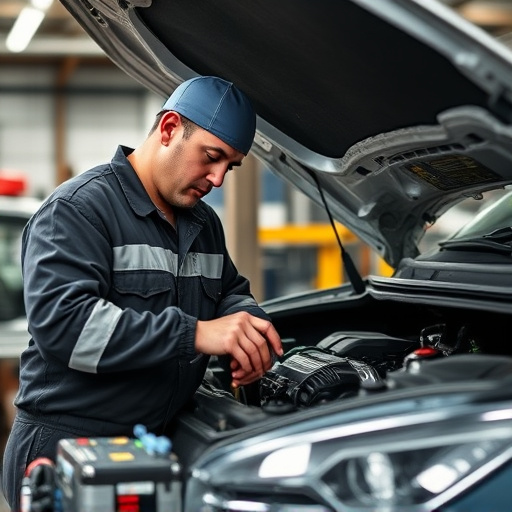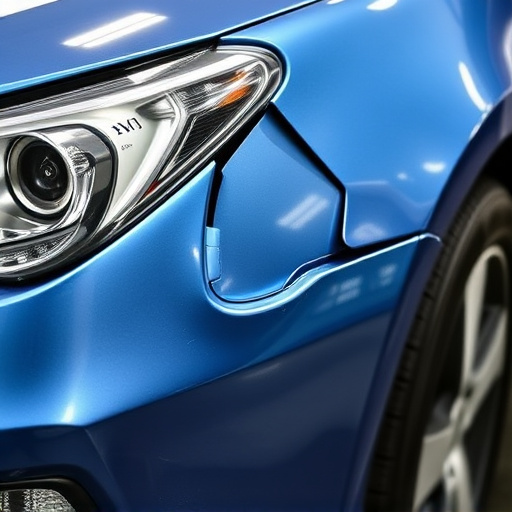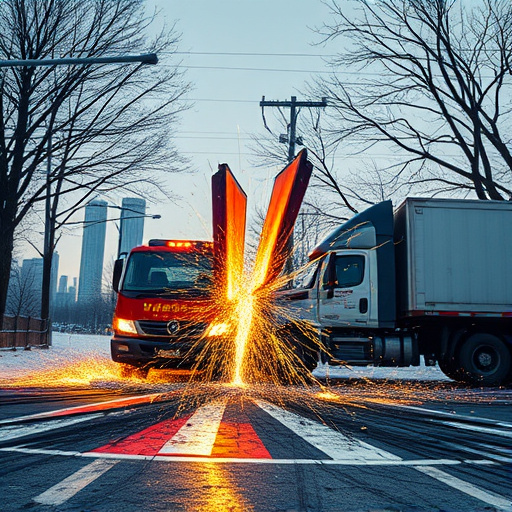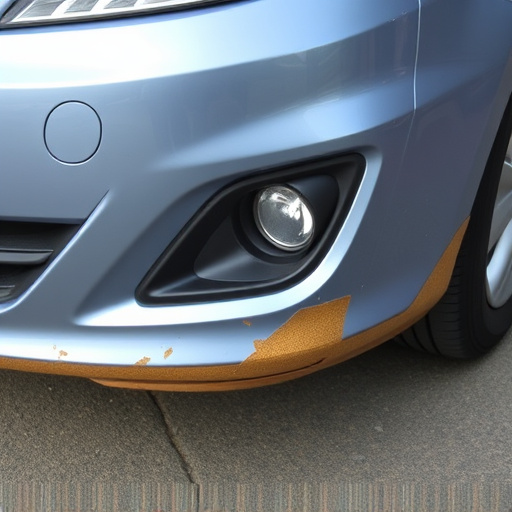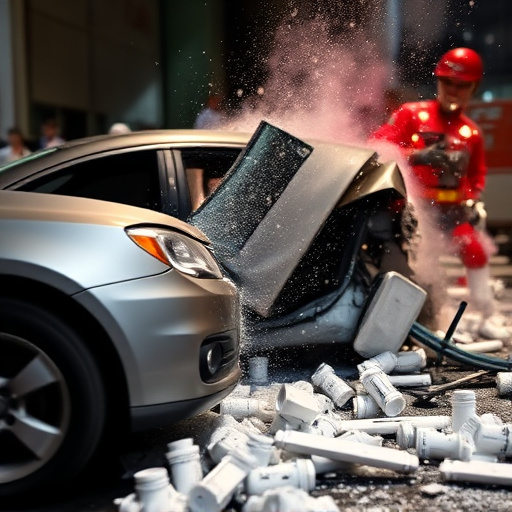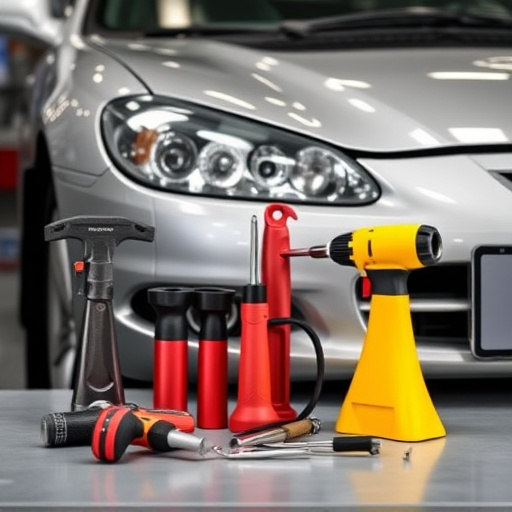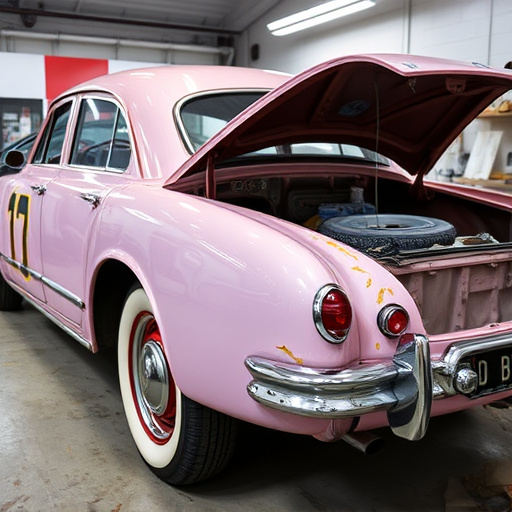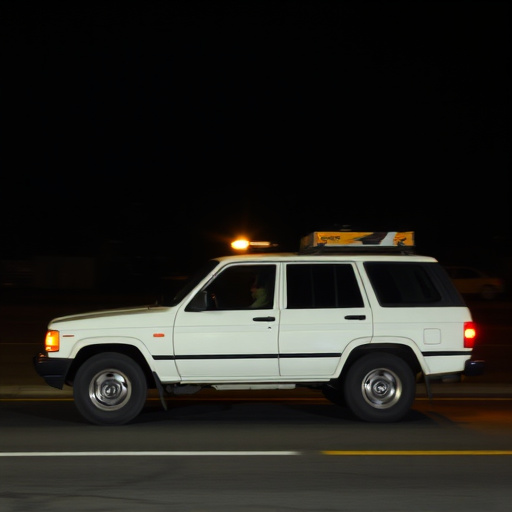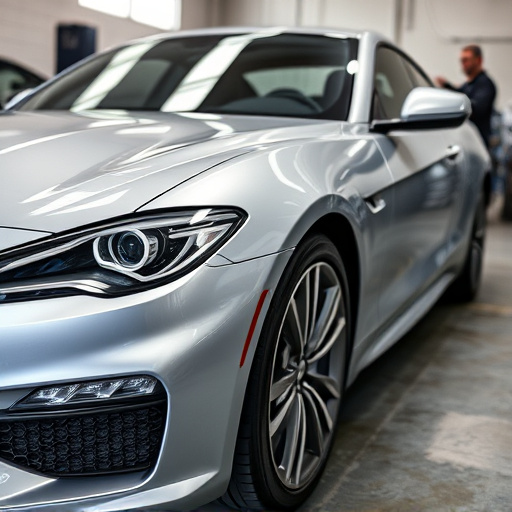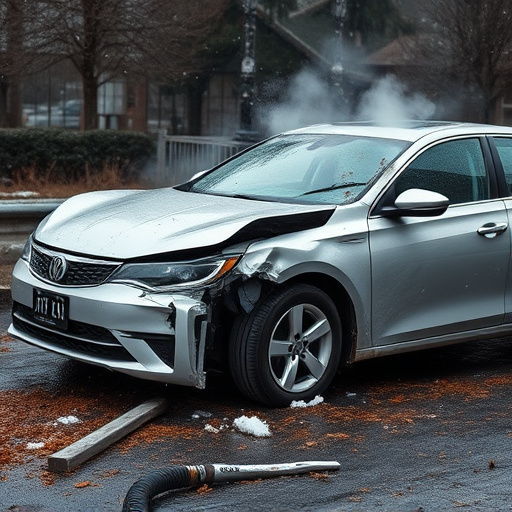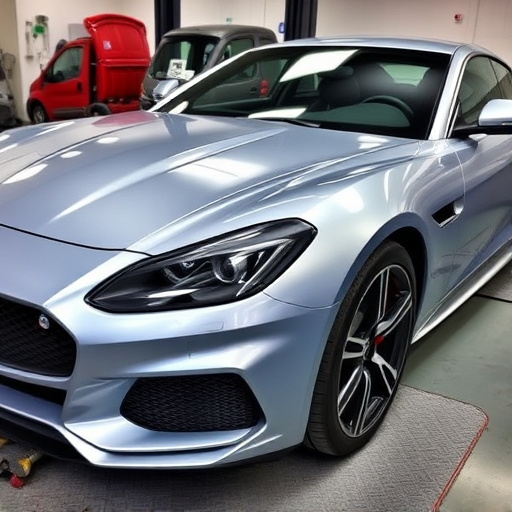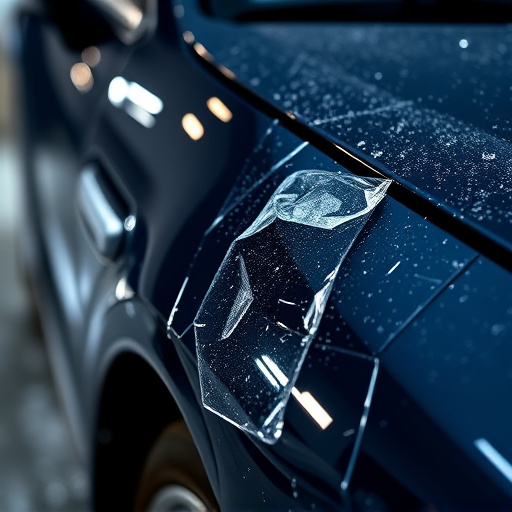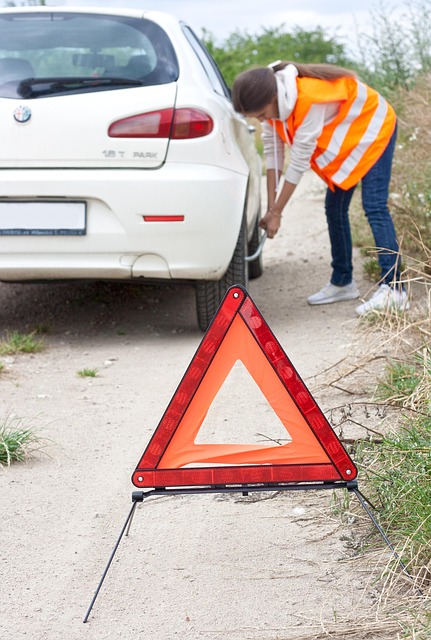Mercedes EQ electric vehicle repair requires specialized knowledge due to its advanced high-voltage (HV) systems, which are core to its functionality but pose unique hazards in crashes. Reputable collision repair shops with specific training and tools are crucial for safe de-energizing, meticulous part replacement, and adherence to stringent safety protocols. This ensures not only the technician's protection but also the vehicle's longevity and optimal performance after repairs, including auto body repair and painting services.
In the realm of automotive technology, understanding high voltage (HV) safety is paramount, especially in hybrid collisions involving Mercedes EQ electric vehicles. This article delves into the intricacies of HV systems, their risks, and the specialized safety measures required during repair. From training and equipment to best practices for deactivation and reactivation, we explore how certified technicians navigate the delicate balance between innovation and safety. Discover the essential steps in ensuring the integrity of Mercedes EQ electric vehicle repairs, leveraging OEM parts and tools for optimal results.
- Understanding High Voltage Systems in Mercedes EQ Vehicles
- – Definition and key components of high voltage (HV) systems in Mercedes EQ electric vehicles
- – Risks and potential hazards associated with HV systems
Understanding High Voltage Systems in Mercedes EQ Vehicles
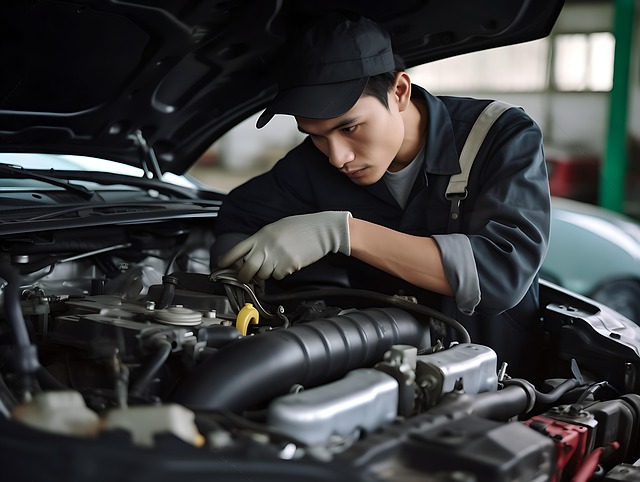
Mercedes EQ electric vehicles are equipped with high-voltage systems that power their electric motors and battery packs. Understanding these systems is crucial for anyone involved in Mercedes EQ electric vehicle repair. These advanced systems require specialized knowledge and equipment to ensure safety during any car collision repair or restoration process.
In the event of a crash, it’s vital to approach Mercedes EQ electric vehicle repairs with caution due to the presence of high-voltage components. Unlike traditional internal combustion engine vehicles, EQ models have intricate electrical architectures that demand meticulous handling. A reliable collision repair shop specializing in electric vehicle repairs will be equipped with the tools and training needed to manage these systems effectively. This includes knowledge about de-energizing high-voltage circuits, safely removing damaged parts, and replacing them with compatible components, all while adhering to stringent safety protocols.
– Definition and key components of high voltage (HV) systems in Mercedes EQ electric vehicles

High voltage (HV) systems play a crucial role in Mercedes EQ electric vehicles, powering essential components like motors and battery management systems. These advanced systems are designed to deliver efficient energy transfer while ensuring safety for both drivers and service technicians during maintenance or repairs. Key components include high-voltage cables, inverters, and advanced safety mechanisms that prevent electrical arcs and short circuits. Understanding the intricate workings of these systems is vital for Mercedes EQ electric vehicle repair specialists, as they navigate the unique challenges presented by HV technologies.
When it comes to repairing or servicing a Mercedes EQ electric vehicle, auto body shops and technicians must be well-equipped to handle high voltage safety protocols. This involves specialized training and adherence to strict guidelines to mitigate risks associated with HV systems. Proper handling of these components is not just about preventing accidents; it also ensures the longevity and optimal performance of the vehicle during the repair process, ensuring that services like auto body repair and auto painting are performed safely and effectively.
– Risks and potential hazards associated with HV systems

High voltage (HV) systems, integral to hybrid vehicles like the Mercedes EQ electric vehicle, present unique risks and potential hazards that must be carefully considered. These systems, responsible for powering electric motors and other components, operate at extremely high electrical currents, which can lead to severe consequences in the event of a collision. When a hybrid vehicle collides, the HV system’s integrity is paramount; any damage could result in electrocution risks for repair technicians or even secondary fires due to short circuits.
Proper safety protocols and specialized training are crucial when addressing HV systems in Mercedes EQ electric vehicle repair. Skilled technicians must be equipped to navigate these complexities, ensuring vehicle collision repair and subsequent vehicle body repair are conducted with the utmost care to mitigate risks. Car paint services, while not directly related to HV safety, become essential components of the overall restoration process, requiring equal attention to detail and adherence to safety standards.
In understanding high voltage safety in hybrid collisions, especially within Mercedes EQ electric vehicle repair, it’s clear that knowledge of these advanced systems’ components and potential hazards is paramount. As EV technology continues to evolve, so too do the safety measures required to mitigate risks associated with high voltage systems. By staying informed and adhering to best practices, technicians can ensure the security of both occupants and emergency responders during hybrid collision repairs on Mercedes EQ electric vehicles.
